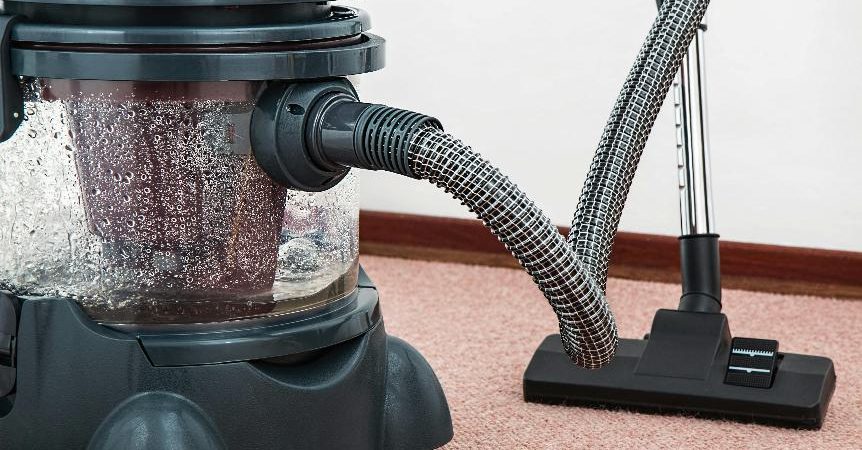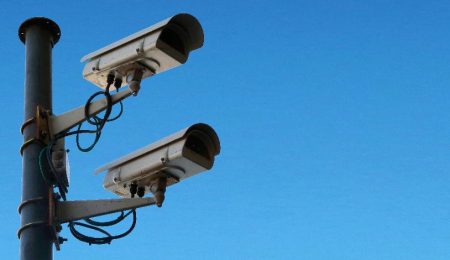- July 18, 2024
- Travel Jiffy
- Home Services
Table of Contents
Toggle- Conduct IAQ Evaluation: Begin by evaluating the Indoor Air Quality (IAQ) to understand the level of contamination in your vents.
- Use Roto Brush for Dust Removal: Utilize specialized tools like the Roto Brush to effectively eliminate dust and debris from the ducts.
- Sanitize Ducts with Nisus DSV Disinfectant: After cleaning, sanitize the vents using Nisus DSV disinfectant to eradicate any remaining contaminants.
- Vent Cleaning: Ensure that all vents and ductwork are thoroughly cleaned to enhance airflow and indoor air quality.
COIT's Cleaning Standards
Adhering to the rigorous standards set by the National Air Duct Cleaners Association (NADCA), COIT employs certified specialists who conduct thorough inspections as part of their cleaning process.
When it comes to ensuring clean and healthy air ducts, COIT doesn't cut corners. Their cleaning method, involving negative pressure and powerful tools, guarantees effective removal of dust, debris, and allergens from your air duct system.
COIT's specialists pay attention to every detail, from cleaning plenums and air handlers to vent covers, leaving no part untouched. By following NADCA standards, COIT not only meets but exceeds expectations, providing customers with a level of service that is unmatched.
Additionally, with COIT's 100% satisfaction guarantee, you can rest assured that your air ducts are in the best hands.
Recommended Cleaning Schedule
Regular maintenance of air ducts is crucial to guarantee a clean and healthy indoor environment. To make sure your air ducts are in top shape, follow a recommended cleaning schedule to keep your home safe and your air quality fresh.
Here are some key points to keep in mind when planning your cleaning routine in Houston:
- Frequency: Clean air ducts every 2-3 years to maintain indoor air quality.
- Prevention: Regular cleaning helps prevent the buildup of harmful contaminants in the ductwork.
- Efficiency: Following a cleaning schedule can enhance the efficiency of your HVAC system.
- Safety: Maintaining dryer vent cleanliness reduces the risk of home fires.
Fire Hazards of Dirty Dryers
Neglecting to clean dryer vents regularly poses a notable fire hazard in households across the United States. Every year, approximately 15,970 home fires involving dryers prompt U.S. fire departments to respond swiftly. Surprisingly, the leading factor contributing to these fires is the failure to clean dryer vents.
A staggering one-third of home fires stem from dirty dryers, emphasizing the critical importance of regular maintenance. The National Fire Protection Agency (NFPA) offers valuable insights into the prevalence of dryer fires, shedding light on the alarming statistics.
Fortunately, there's a simple solution to this potentially dangerous situation: regularly cleaning your dryer vent. By taking this simple step, you can notably reduce the risk of a devastating home fire.




Leave a Reply